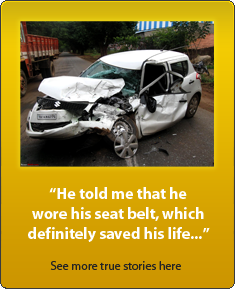News
Want to reduce your carbon footprint? Use your existing car for longer
While some people do hold on to their cars for a long period, most look to replace them a lot earlier than their actual life. While emissions from burning fuel when driving contribute a major portion to the total greenhouse gas emissions, the manufacturing process itself is not far behind.
Want to reduce your carbon footprint? Use your existing car for longer

Global warming is a big problem in the world today. One of the ways to reduce this problem is to reduce one's carbon footprint. A carbon footprint is the total amount of greenhouse gases (including carbon dioxide (CO2) and methane) that are generated by our actions. Along with many other factors, using cars contributes to your carbon footprint.
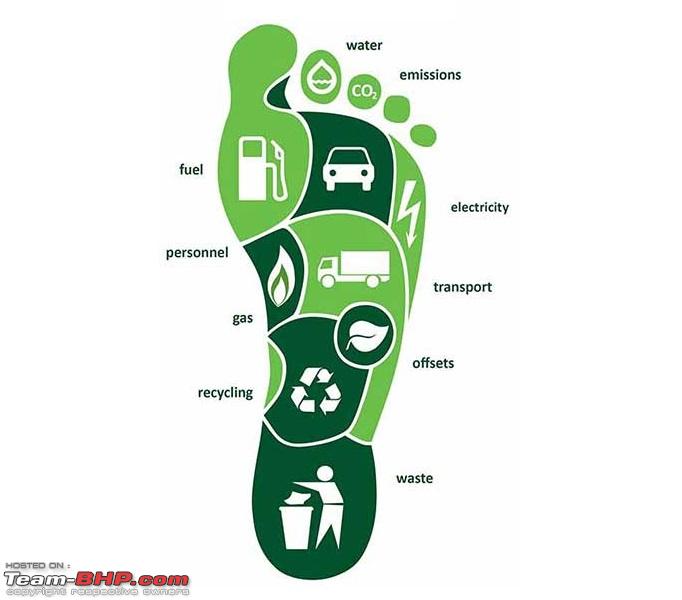
In general, old cars produce more CO2 emissions and also consume more fuel than newer ones, making them bigger contributors to global warming. However, there's more to it than meets the eye. Holding on to an old but fuel-efficient vehicle for a longer period is actually kinder to the environment than replacing your cars rapidly. This is because an increase in the demand for new cars has a direct effect on manufacturing emissions. This is true not just in the case of cars with internal combustion engines, but even cars with cleaner sources of energy such as electricity and hydrogen.
A case study was conducted in Japan of newly registered and used cars between 1990 and 2016. The study revealed that if owners drive their cars ten percent longer before replacing them, the cumulative carbon footprint would have been reduced by one percent during the period. This is because the decrease in manufacturing emissions more than offsets additional emissions produced by existing cars. Also by keeping more cars in the hands of their first owners longer, the number of used cars on the road decreases, which also reduces emissions.
While some people do hold on to their cars for a long period, most look to replace them a lot earlier than their actual life. While emissions from burning fuel when driving contribute a major portion to the total greenhouse gas emissions, the manufacturing process itself is not far behind. Manufacturing a new car means you need to set up factories to build cars and ships & trucks to transport manufactured cars. Body panels, components, nuts, bolts, etc. require ores to be dug out of the ground and the metals extracted and then comes the process of converting these into parts. Rubber, plastics, paint and a lot more are required as well. All these components are then transported to the car-building factory where the manufacturing happens.
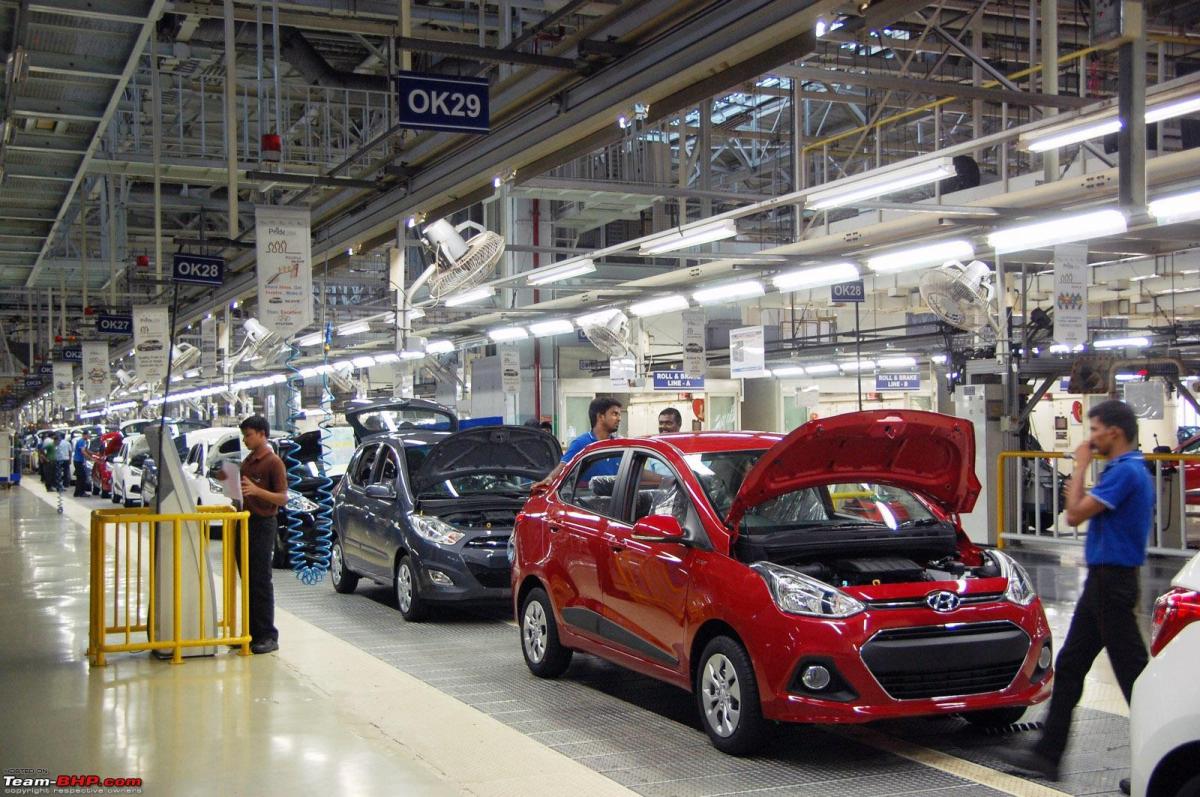
In the case of EVs, it is still cheaper and easier for manufacturers to buy freshly mined metals than to use recycled materials. Recycling EV batteries is an expensive and complicated process.

A lot of energy is used in every process mentioned above, which in turn adds to the size of your carbon footprint.
Also remember, car companies need offices that require buildings, air-conditioners, computers, furniture, stationery, telephones, lights, elevators and a lot more. All of these take up power and add to greenhouse emissions. The overall car-building process needs to be optimised appropriately in order to get a new car to make sense if one is seriously looking to maximize carbon reductions.
Apart from using your old car longer, there are other ways of reducing your carbon footprint.
- Walking / cycling: Instead of driving, walk or cycle to the destination if it is nearby. No fuel or electricity is used up.
- Clubbing trips / outdoor tasks: Once you take your car out, be sure to complete all or most of your outdoor tasks. This way you won't need to take out your car multiple times and in the process, use less fuel.
- More people per car: Try to use your car only when you are taking other members of your family or friends with you.
- Smooth and fuel-efficient driving practices.
- Carpool: In many cities, offices are concentrated in certain areas eg, BKC, SEEPZ, etc. in Mumbai. You will almost certainly find someone who works close to your office living in your locality.
- Share cab: Many cities, towns and even villages have this system. No need to take a separate cab or autorickshaw. You can share it with others going to the same destination. You will also save money. UberX Share service is also available.
- Public transport: Use buses and trains (also boats in Kerala) wherever feasible. With Metro lines coming up in most big cities, public transport is improving by leaps and bounds. Last-mile connectivity is also being addressed with the help of e-cycles.
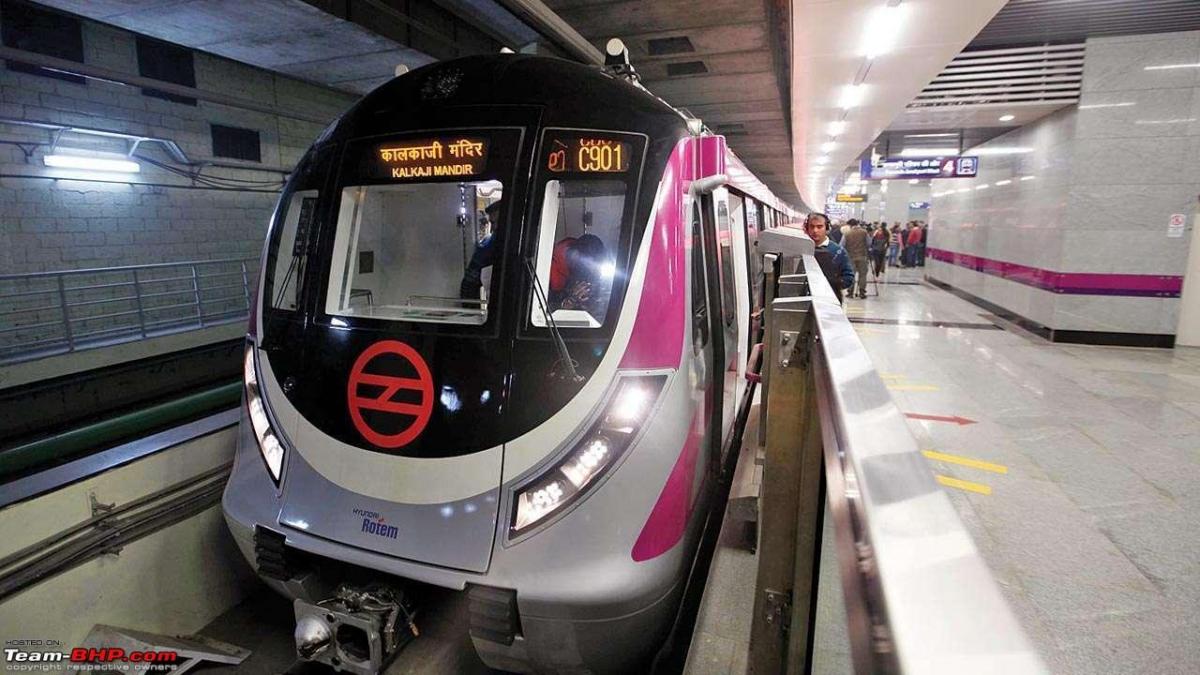
- 2-wheeler instead of 4-wheelers: If feasible, use a motorcycle or scooter to get around instead of a car. It consumes less fuel and takes up a lot less space on the road.
- Drive a smaller and more fuel-efficient car: Finally, if you have to drive, be sure the car is small and fuel-efficient. It takes up lesser space and consumes less fuel. Regularly service your car to keep it efficient.
Here's a look at how much space cars take up on the road:

Read BHPian comments for more insights and information.



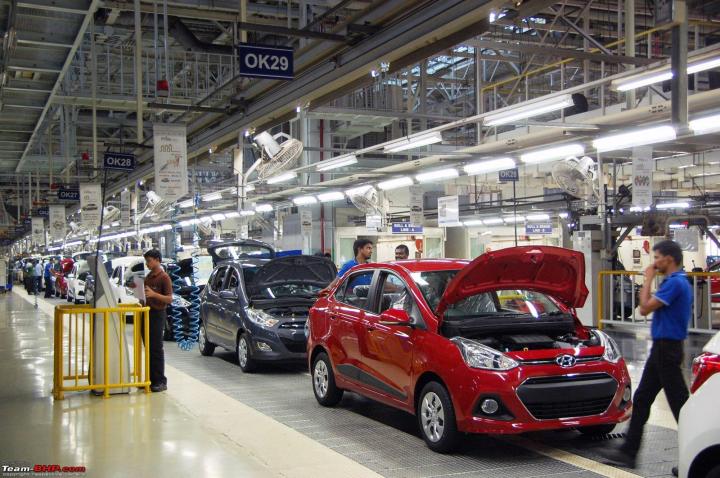









.jpg)




